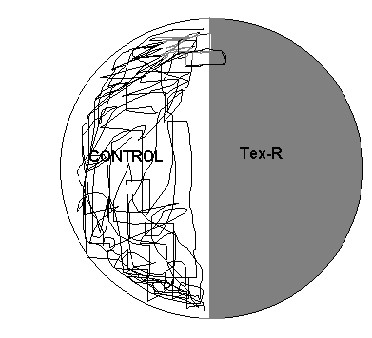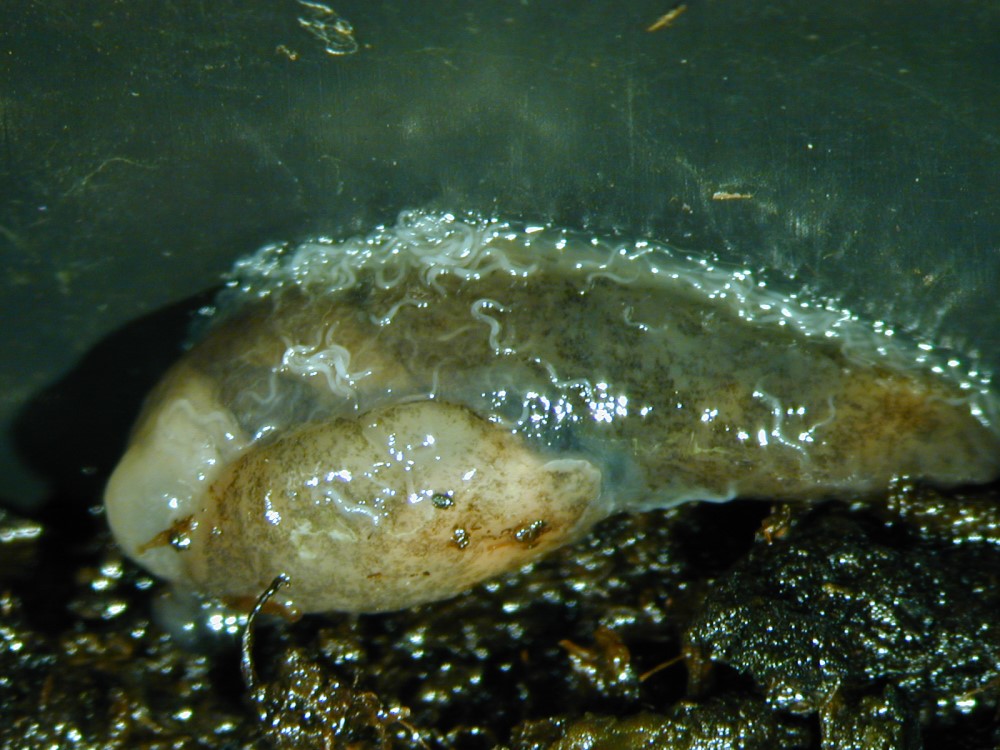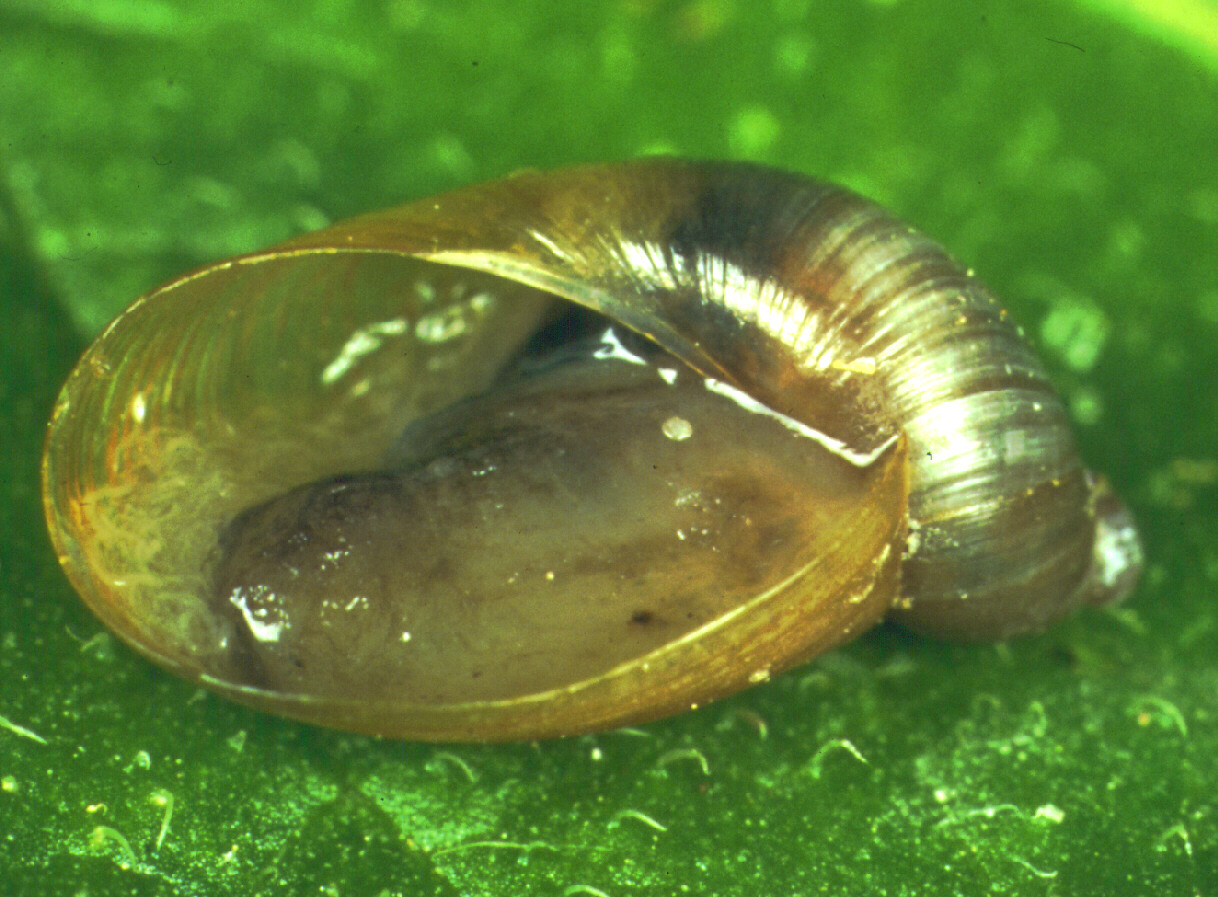Please click here to access the main AHDB website and other sectors.
- Home
- Knowledge library
- Cultural, biological and chemical control of slugs and snails on hardy nursery stock
Cultural, biological and chemical control of slugs and snails on hardy nursery stock
Management of slugs and snails on hardy nursery stock (HNS) is best achieved using an integrated control strategy involving a combination of cultural, biological and chemical control methods.
Back to: Integrated control of slugs and snails on hardy nursery stock
Cultural control of slugs and snails on hardy nursery stock
Cultural control should be the basis of any slug and snail control strategy and can avoid or reduce the need for curative control measures. Do this by:
- Maintaining good nursery hygiene to reduce shelter and food for slugs and snails
- Disposing of unmarketable plants and plant trimmings promptly as they can harbour slugs and snails
- Checking bought-in plants for damage symptoms and under pots and trays for slugs and snails
- Avoiding over-watering – this favours slug and snail activity and encourages the growth of algae and liverworts, which O. elegans can feed on
- Consider using products such as Mosskade (natural plant extracts) or Finalsan (pelargonic acid) which have on-label recommendations for control of either algae, moss or liverwort depending upon product
- Encourage natural predation of slugs and snails by providing habitats for birds, hedgehogs and ground beetles
- Minimising the use of broad spectrum plant protection products by adopting integrated pest management (IPM)
In project HNS 105, use of Tex-R sandbed cover matting was strongly repellent to both D. invadens and O. elegans in laboratory tests. When forced to move onto the matting, 90% of the slugs died and snail activity was reduced by 88%. Tex-R matting is primarily used for weed control and preventing plants rooting out, but due to the copper hydroxide in the latex coating it can also both repel and kill slugs and snails. When tested in trials on commercial nurseries in HNS 105, Tex-R matting did not prevent movement of slugs and snails from adjacent infested plants when used as a border of 31 cm. However, commercial experience indicates that when used over the entire production bed of a tunnel or sandbed, the matting can give long-term protection against slugs and snails. Tex-R matting should remain effective for three to four years if kept clean and free from debris. Geodisc pot toppers made from the same material are available for use around single-stemmed subjects over the growing media surface, but their efficacy in reducing numbers of slugs and snails was not tested in HNS 105.
Time-lapse video track of Deroceras invadens when given the choice of Tex-R matting or growing media (control) over a 10-hour period

Image courtesy and © Ingo Schűder, formerly of University of Newcastle.
Biological control of slugs and snails on hardy nursery stock
Parasitic nematodes, Phasmarhabditis hermaphrodita (Nemaslug) are available for biological control of slugs and snails. They are mainly sold for home or garden use due to cost implications for large-scale commercial use. Although Nemaslug is not yet widely used on UK commercial HNS, some growers have seen successful reduction of plant damage where it has been used. Control of O. elegans with Nemaslug on susceptible crops such as Phormium has been particularly successful, whereas molluscicide pellets have been ineffective against these snails and have sometimes caused disease problems when they become lodged in the foliage.
The nematodes are provided as infective juveniles in an inert carrier in a semi-desiccated state. When water is added, the nematodes hydrate and become active. Once applied to moist growing media, the juveniles move in water films between the substrate particles, following host cues such as foot mucus to find slugs or snails. Once they come into contact with a slug, the juveniles enter its body through an opening just behind the mantle (the site of entry to snails has not yet been studied). Unlike entomopathogenic nematodes that infect insects such as vine weevil, P. hermaphrodita does not carry a symbiotic bacteria in its gut that kills the host. Its mode of action in killing slugs and snails is still poorly understood. The mantle of infected slugs can swell and nematodes can sometimes be seen swarming over the body or inside the snail shell. The nematodes breed in the infected body and new juveniles are produced that then leave to find more slugs or snails to infect.
Nemaslug is not effective against all species of slug and snail but in project HNS 105 in 2002, it was shown to be very effective against D. invadens and O. elegans under optimum laboratory conditions, killing 80% of D. invadens and 100% of O. elegans within four weeks of treatment and reduced plant damage. Nemaslug also had a repellent effect on the slugs. However, in trials on commercial HNS nurseries, Nemaslug was ineffective against both slugs and snails, probably due to a very hot spell during the trials leading to growing media temperatures in the polythene tunnels exceeding the upper limit for the nematodes. Since the completion of HNS 105, a glasshouse trial on Hosta in the Netherlands in 2019, showed that all recommended rates of Nemaslug were as effective as both metaldehyde and ferric phosphate pellets when used twice at seven day intervals. In this trial, Nemaslug was tested at the three different recommended dose rates and gave between 80% and 95% reduction of plant damage. However, this trial used the field slug, Deroceras reticulatum rather than D. invadens.
For best control with Nemaslug follow all label recommendations including the guidelines below:
- Store in the fridge at 5°C and apply within the use-by date
- Use against young slugs (April onwards for invadens)
- Use against O. elegans when they become active (late March onwards). Best results are likely to be obtained when the snails are on the surface of the growing media where they remain in contact with the nematodes. The snails hibernate between September/October and February/March so check they are active if applying during September or in early March
- Apply to moist growing media when temperatures are 5–30°C at the time of application and will be for at least another two weeks – avoid using when very hot and sunny. Apply in overcast or low light conditions
- The product can be applied using spray applicators, calibrated irrigation equipment with a dosing unit or using drip irrigation
- Remove all fine filters from application equipment
- Keep the nematode suspension agitated during application to prevent settling out
- Irrigate immediately after application to wash any nematodes off the foliage onto the growing media
- Repeat as required (see product label for recommended repeat applications depending on dose rate used)
Deroceras invadens killed by Nemaslug - note nematodes on the surface of the body

Image courtesy and © ADAS RSK.
Oxyloma elegans killed by Nemaslug – note nematodes just inside the lip of the shell

Image courtesy and © Nigel Cattlin/FLPA.
Chemical control of slugs and snails on hardy nursery stock
Table 1 lists chemical molluscicides that are currently approved (as at March 2021) for control of slugs on non-edible crops.
Table 1. Approved molluscicides for use on protected and outdoor ornamentals
|
Active ingredient |
Example products |
Approval status |
Mode of action |
|
Ferric phosphate
|
Derex Epitaph Iroxx IronFlexx Minixx Sluxx HP |
On-label recommendations for slug control on all edible and non-edible crops |
After eating the pellets, slugs stop feeding and go underground to die |
|
Metaldehyde 1
|
Carakol 3 Cargo 3 GB Enzo Gusto 3 TDS Major TDS Metarex AMBA |
On-label recommendations for slug and snail control on all edible and non-edible crops
|
After eating the pellets, slugs and snails produce excess mucus, leading to dehydration and death |
1Metaldehyde approval is being withdrawn from 31 March 2021. Distributors can sell existing stocks and growers can use metaldehyde products until 31 March 2022.
EAMU – Extension of authorisation for minor use. LTAEU – Long term arrangements for extension of use.
Growers must hold a paper or electronic copy of an EAMU before using any product under the EAMU arrangements. Any use of a plant protection product via an EAMU is at the grower’s own risk.
Always follow approved label or EAMU recommendations, including rate of use, maximum number of applications per crop or year, and where crop safety information is not available, test the product on a small number of plants to determine crop safety prior to widespread commercial use. If in doubt about which products are permissible on ornamentals or how to use them correctly, seek advice from a BASIS-qualified consultant.
Further detail on the use of pellet formulation products is provided below:
- Ferric phosphate products are formulated as pellets and are recommended for slug control. Slugs eat the pellets once they have absorbed moisture and after ingestion the slugs stop feeding and die underground. The ferric phosphate breaks down into iron and phosphate in the soil or growing media
- In project HNS 105b, in a trial on potted delphinium on a commercial nursery in 2005, a single application of ferric phosphate reduced numbers of D. nvadens two weeks after treatment and reduced plant damage five weeks after treatment. Ferric phosphate did not reduce numbers of O. elegans
- Metaldehyde products are formulated as pellets and are recommended for both slug and snail control. After ingesting the pellets the slug or snail produces excess mucus, leading to dehydration and death
- Approval for metaldehyde is being withdrawn. Distributors can sell existing stocks and growers can use metaldehyde until 31 March 2022. If using metaldehyde during the use-up period, follow the Metaldehyde Stewardship Group guidelines to minimize environmental impact getpelletwise.co.uk/
- In project HNS 105 in a laboratory test, two applications of metaldehyde pellets at two-week intervals killed 60% of O. elegans and reduced feeding damage by 93% over a four-week period. Metaldehyde did not kill D. invadens in this test but reduced slug feeding damage by 70%
- Only use molluscicide pellets if needed. Broadcast evenly in mild, damp conditions when slugs and snails are active. Avoid the pellets lodging in the foliage
- Always follow label recommendations, including application rates and frequency per crop and per year
Useful links
Author(s) – Jude Bennison and David Talbot, ADAS Horticulture.
Original author(s) – Jude Bennison, ADAS Horticulture.
Webpage content correct as of March 2021.

